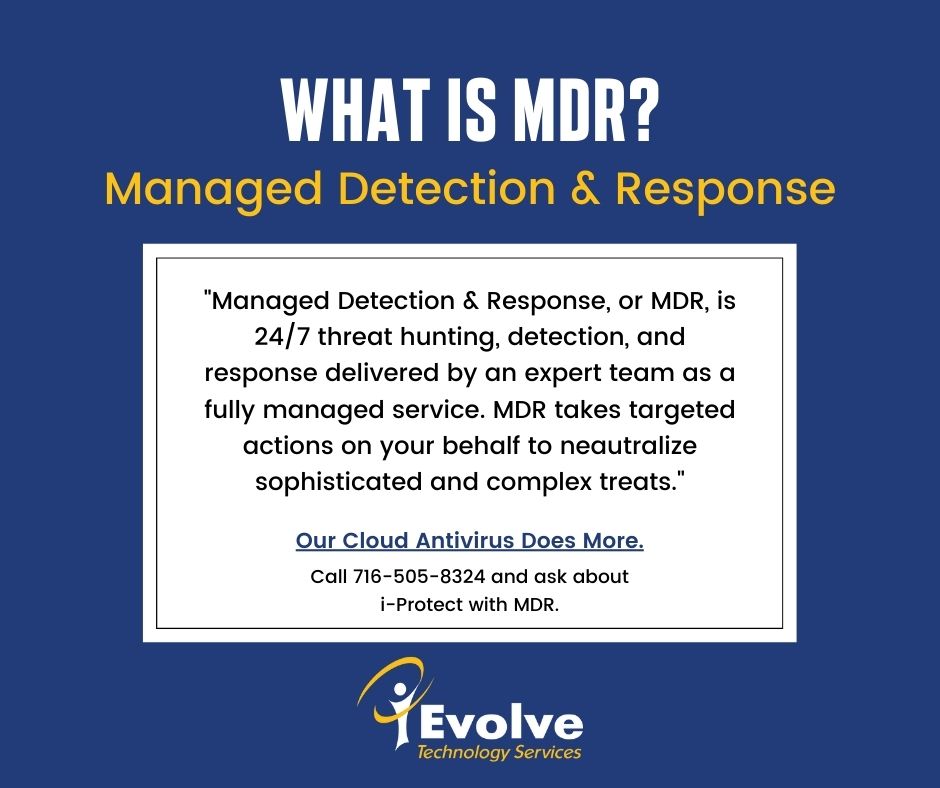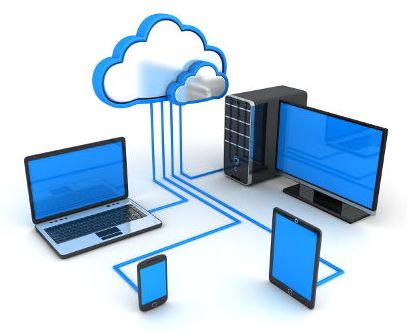Cybercrime affects everyone, but business owners tend to have the biggest targets painted on their backs.

10 Cybersecurity Threats to Watch in 2021
Cybercrime affects everyone, but business owners tend to have the biggest targets painted on their backs. Contrary to popular belief, small businesses are often more heavily targeted than large enterprises. Why?
Because they’re usually easier targets.
Recent research suggests that most small companies have unprotected data and poor cybersecurity practices in place, making them vulnerable to data breach or ransomware attacks. Small business owners are usually too busy trying to manage their day-to-day operations to worry about things like IT defense, cybersecurity awareness training, or a staff-wide culture of cyber safety.
Hopefully, you’ve already begun taking a more serious stance toward cybersecurity. As you do so, take note of the ever-evolving nature of the cyber threat landscape and what new dangers are out there.
The following is a list of growing cybersecurity threats you’ll likely hear more about this year both inside and outside of the business world:
1. Deepfakes
Deepfakes are created with “deep thinking” artificial intelligence technology creates fake images, videos, or sounds that appear to be real. These are often used to mislead the public by making it appear that a politician or celebrity said or did something that never actually happened.
Deepfake voice technology allows people to spoof the voices of other people — often people in power. The potential of issuing fake orders to subordinates or making fraudulent statements to the press is very high and could be used in all sorts of manipulation ploys.
2. AI-driven cyberattacks
As with any new technology, AI is a double-edged sword. Although it’s being used to help with cybersecurity, AI has also been co-opted by bad actors to create and execute cyberattacks.
Using artificial intelligence, cyber criminals are able to create programs that mirror human behavior or carry out large-scale cyber attacks through automation.
3. “Poisoning” Artificial Intelligence
Artificial Intelligence learns new models or systems over time. Usually, an AI has to pore through large amounts of data to establish patterns and learn a specific behavior.
During this learning period, cybercriminals can feed the AI program bad data in what’s known as a poisoning attack. The goal of the attack is to teach the AI something that benefits the hacker.
For example, if AI is supposed to be learning how to spot spam emails or network intrusion attempts, hackers can feed in data that teaches the AI to ignore something that should be a red flag. If carried out fully, these attacks can create backdoors through any number of AI-driven systems.
4. Disinformation in social media
Spreading disinformation has been a manipulation tactic for as long as people have been communicating. The challenge we’re facing in the information age is that disinformation can be spread very quickly with almost no chance of stopping its momentum.
Although this is largely blamed on social media, many believe that a lack of critical thinking skills in the general population is not helping the matter. Bad actors know that this is a human weakness and are using disinformation to great effect.
5. New cybersecurity challenges that 5G creates
New technologies always bring about new cybersecurity challenges, and most experts agree that 5G is no exception.
A 2019 study by Information Risk Management said that survey respondents worried that 5G technology will result in a greater risk of cyberattacks on Internet of Things (IoT) networks.
Cybersecurity is a constant back-and-forth, so cybersecurity experts aren’t so much worried as they are getting themselves prepared. If new threats or vulnerabilities emerge, they will respond to eliminate them.
6. Vehicle cyberattacks
Connecting cars and trucks sounds like a great idea from a standpoint of technological progress, but doing so opens up the possibility of cyberattacks which directly target vehicles.
Even with current vehicle-borne technology, hackers might be able to access or manipulate travel data, engine management, and onboard cameras and entertainment devices. Many worry that in the future, vulnerable computers will also be linked to safety or driver control systems.
7. Cloud jacking
More businesses are moving to the cloud, and more of the world’s most commonly used software is doing the same. Cloud jacking seeks to take advantage of this migration by infiltrating these programs and systems and using them to mine for cryptocurrency, leak data, or send out spoofing attacks.
8. Election security
Experts are concerned that hackers from other countries might target the voter-registration databases for state and local governments, with the intent to either destroy or disrupt this information. This could corrupt an election through fraud, or prevent large groups of people from voting at all.
This risk doesn’t just apply to the United States, but threatens any nation with a democratic process.
9. Ransomware attacks on the public sector
Hackers are ramping up attacks that target government bodies, including municipalities, public utilities, and fire and police departments. Using ransomware, these attacks hijack their computer systems until these government agencies pay a ransom. Since this method creates significant -- and often dangerous -- interruptions in public services, the ransoms are often paid without question.
10. Breaches in hospitals and medical networks
2020 saw what was reported as the first human death officially linked to a cyberattack. This occurred after cybercriminals hit a hospital in Düsseldorf, Germany with ransomware, resulting in treatment delays that led to a woman’s death.
Hospitals and other medical providers are prime targets for cybercriminals due to their importance and the sheer quantity of private information they access. The personal and financial information is extremely valuable on the dark web, and hospital administrators are often left with no choice but to pay ransoms to avoid human suffering.
--
Cyberattacks will only get worse as our reality becomes more intertwined with technology. What steps are you taking to ensure your business can face these new challenges?
If you’re like most, you’re wondering how your organization can handle it all yourself. That’s where MSSPs like I-Evolve can help. Rather than taking on new staff, you can place the security of your network and data in our capable hands.
We have the experience and solutions needed to keep you safe through next year’s challenges and beyond. To learn more, reach out to us at 855-I-EVOLVE.








